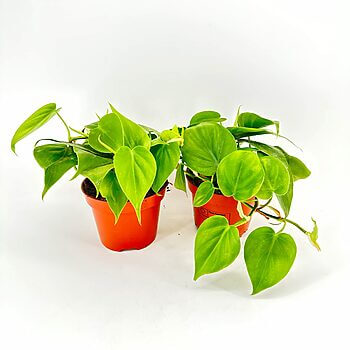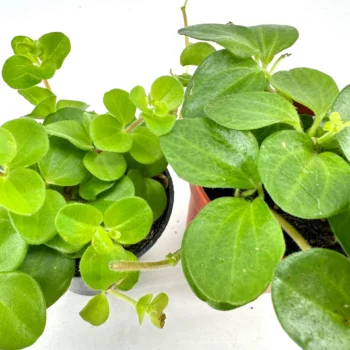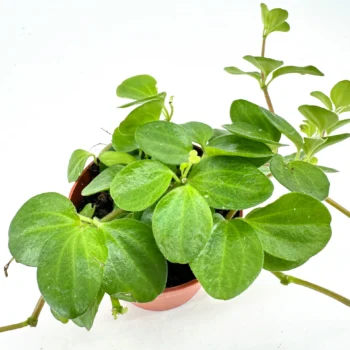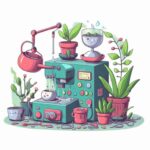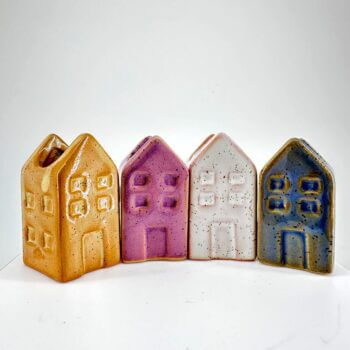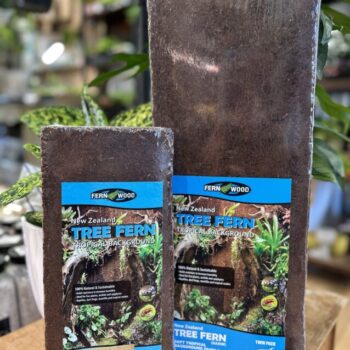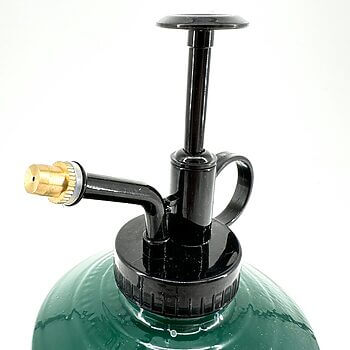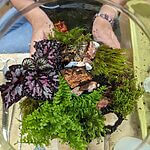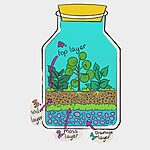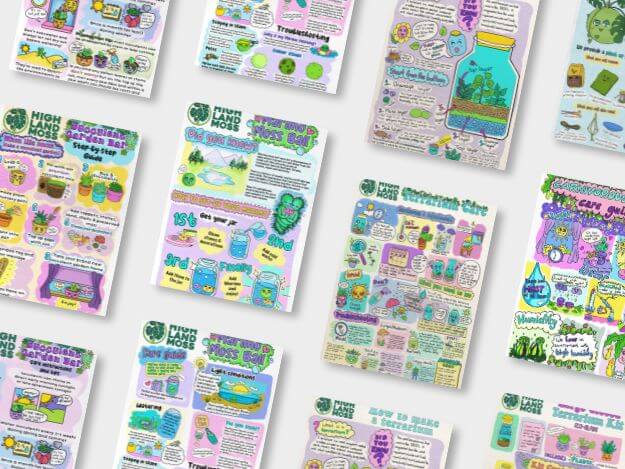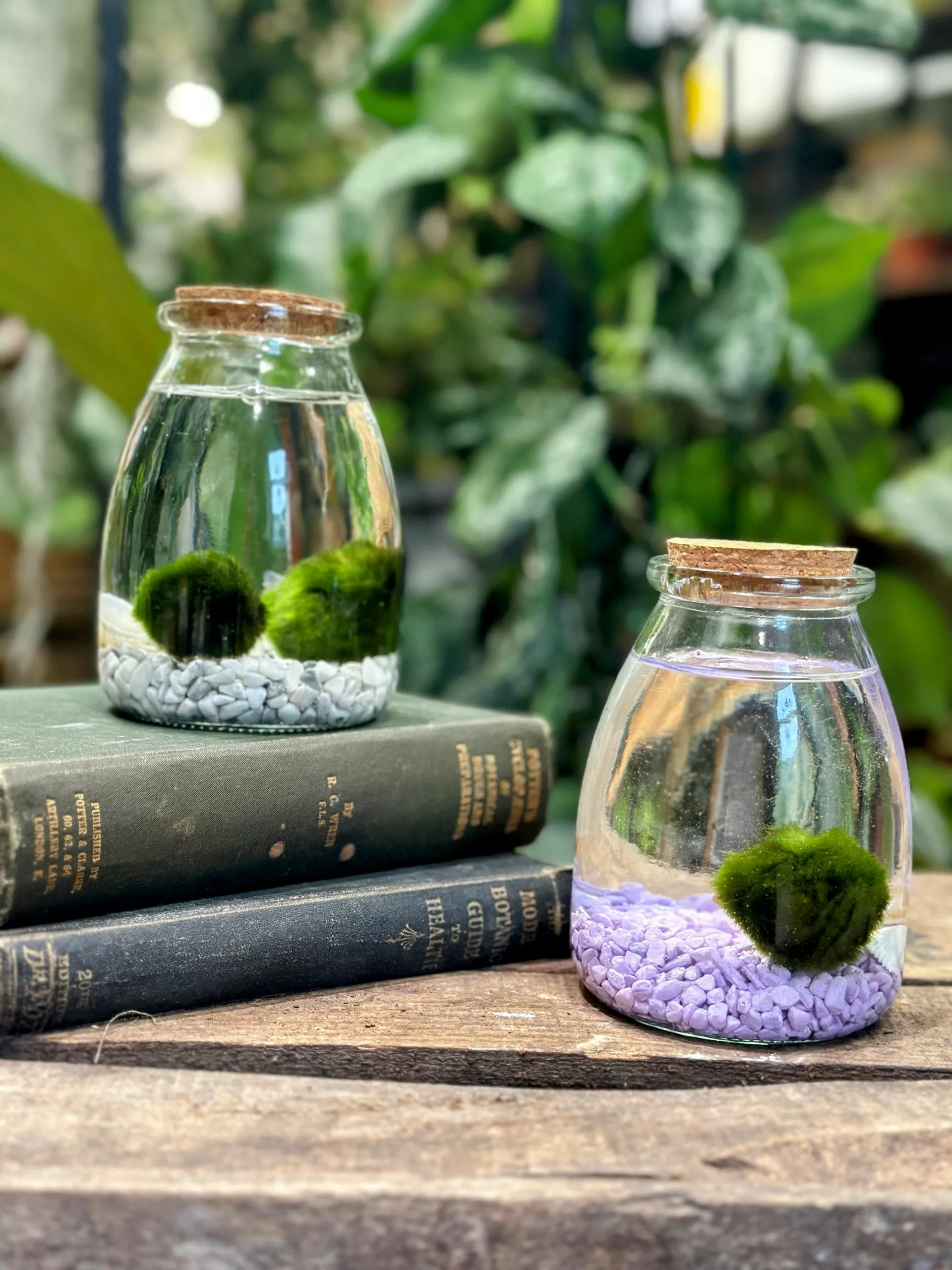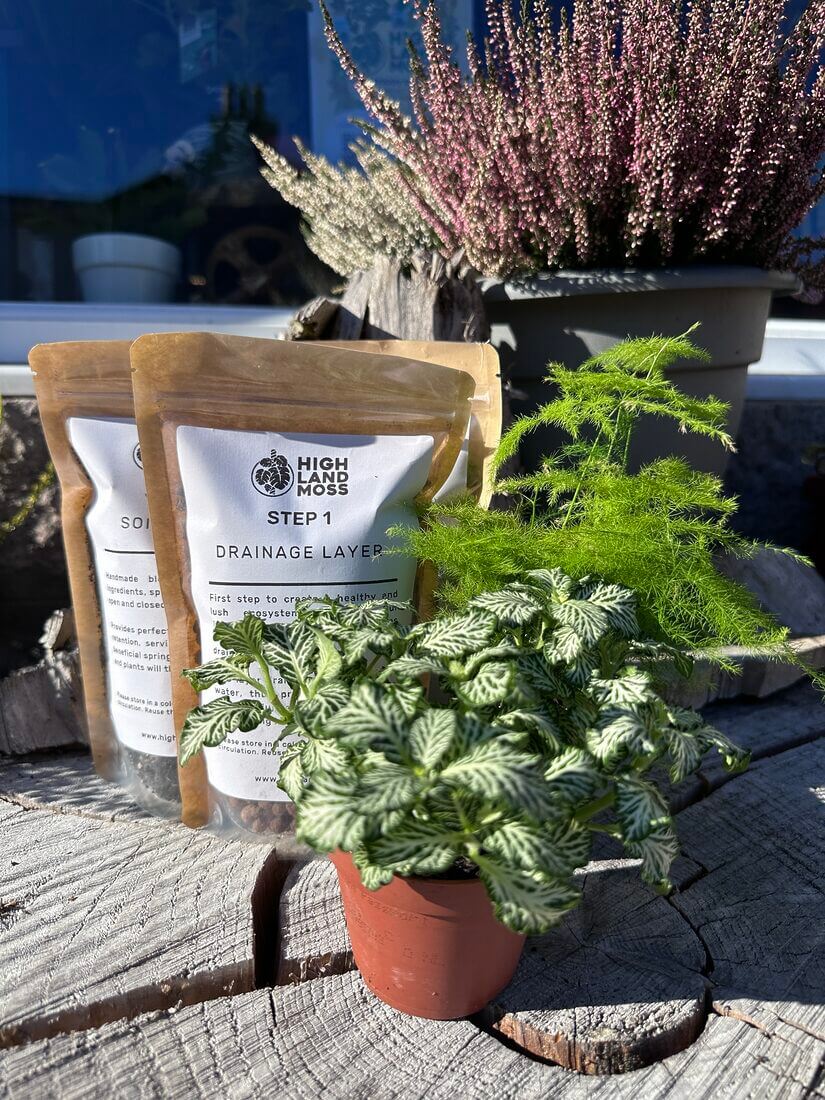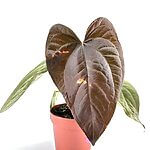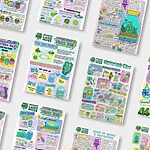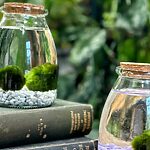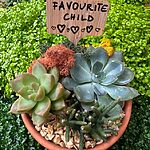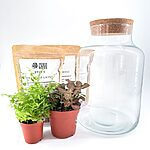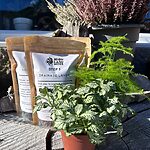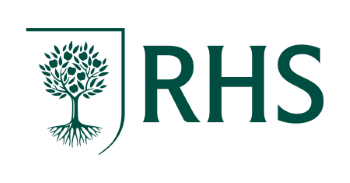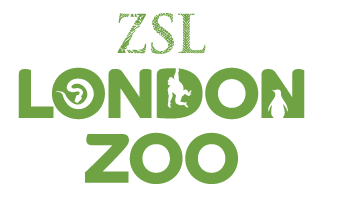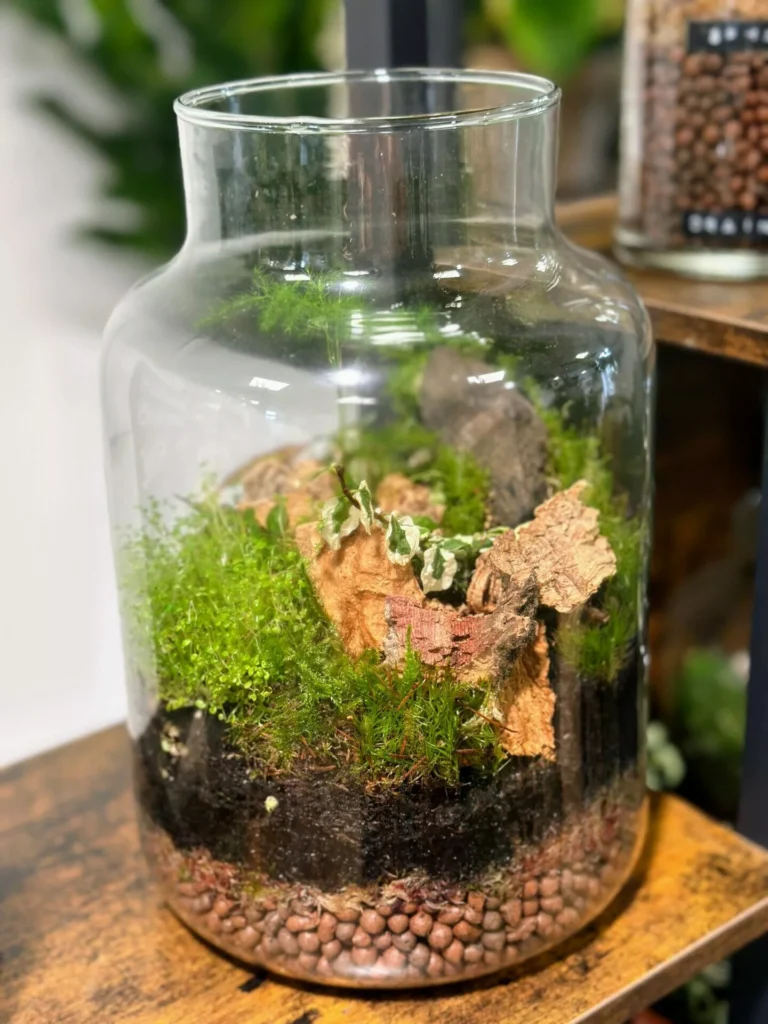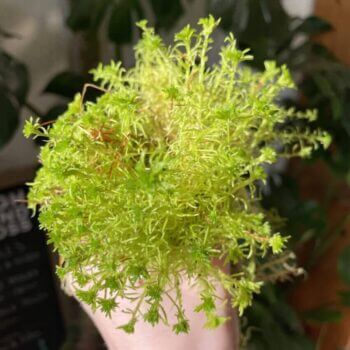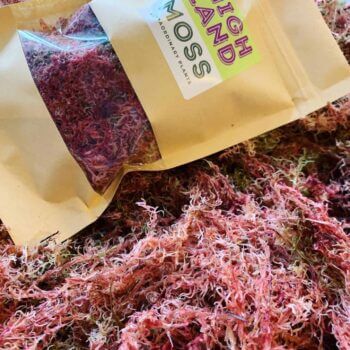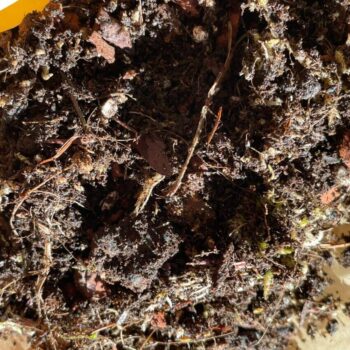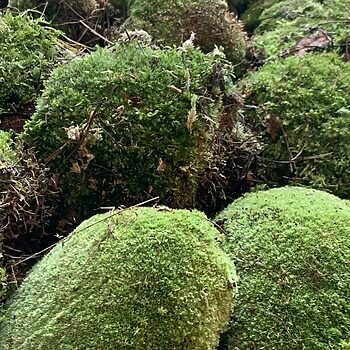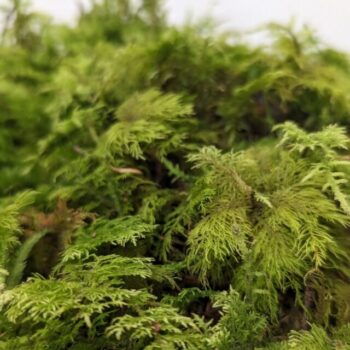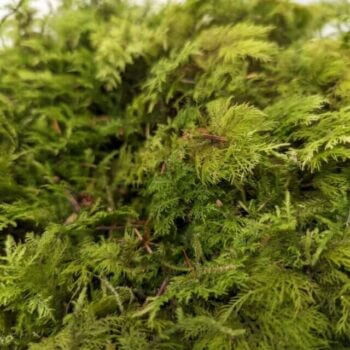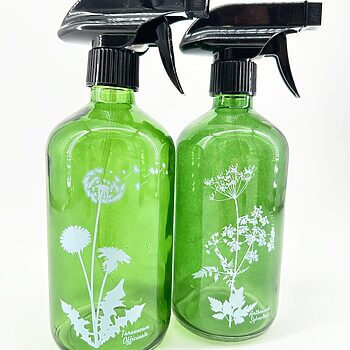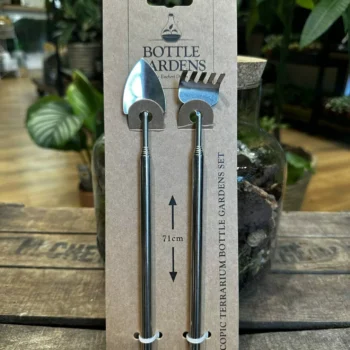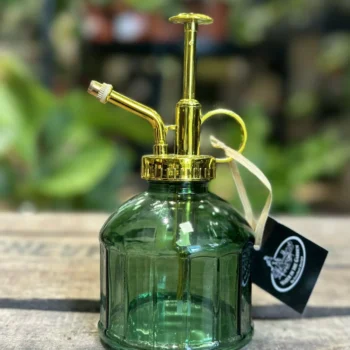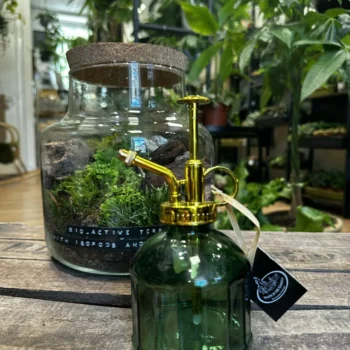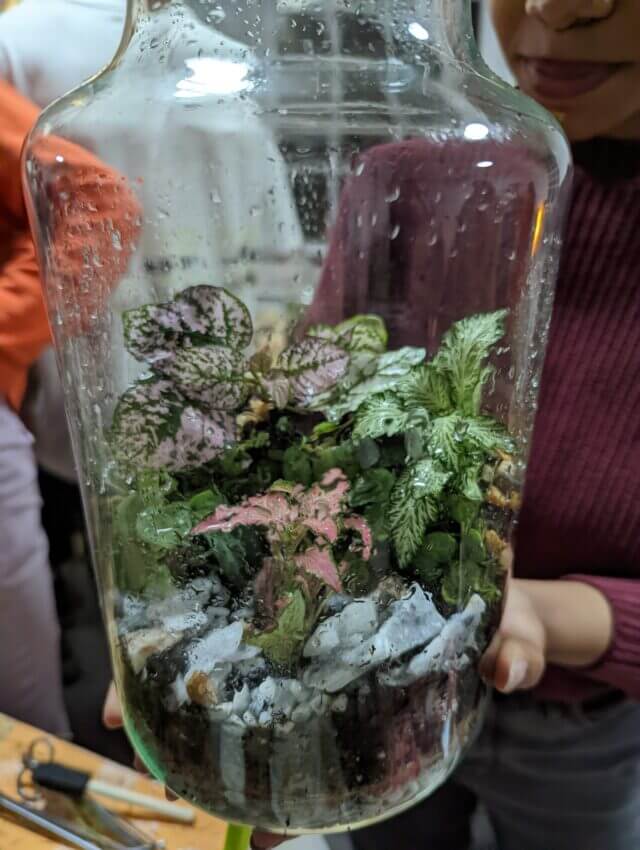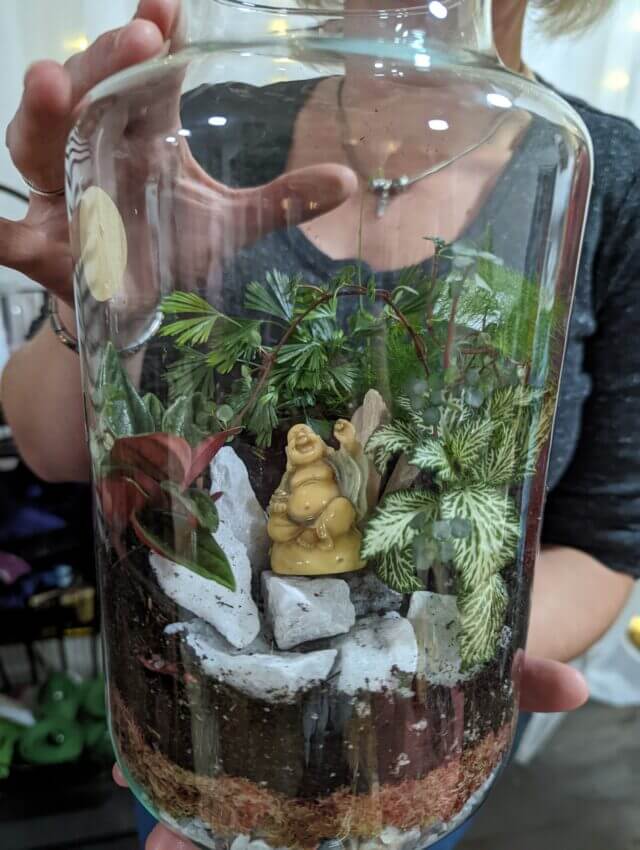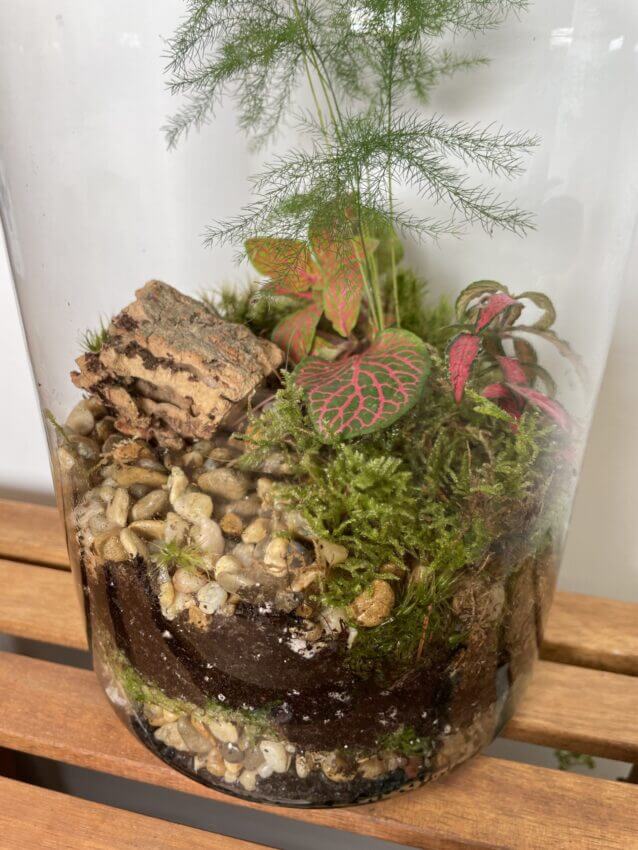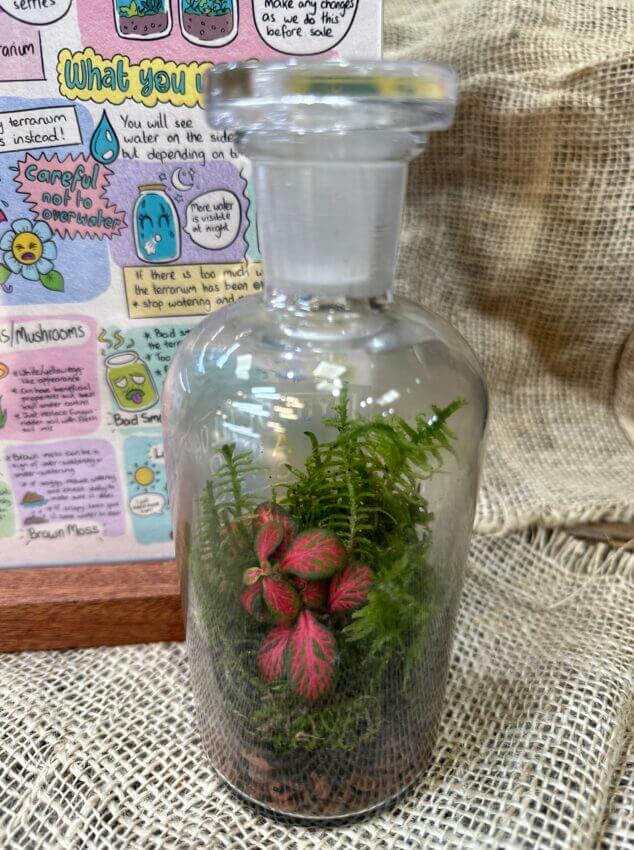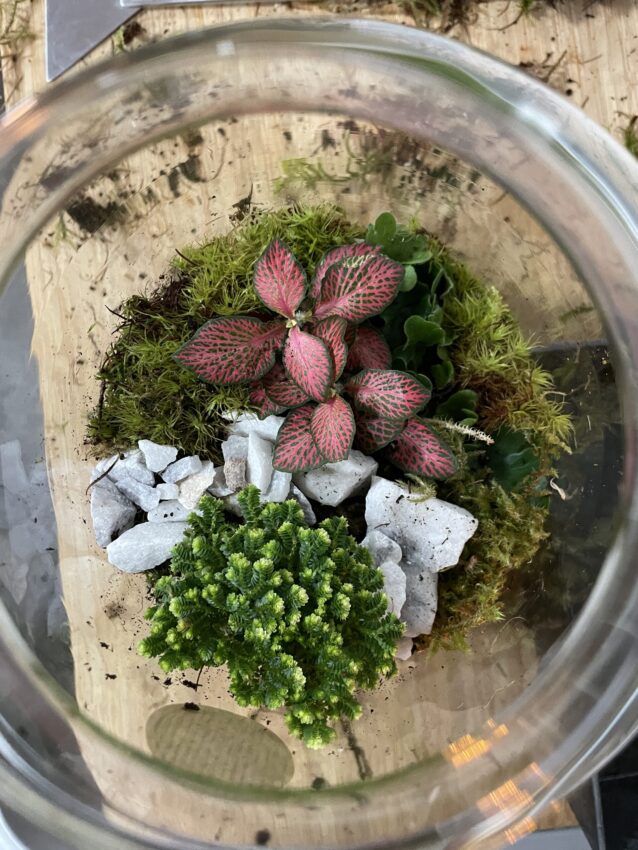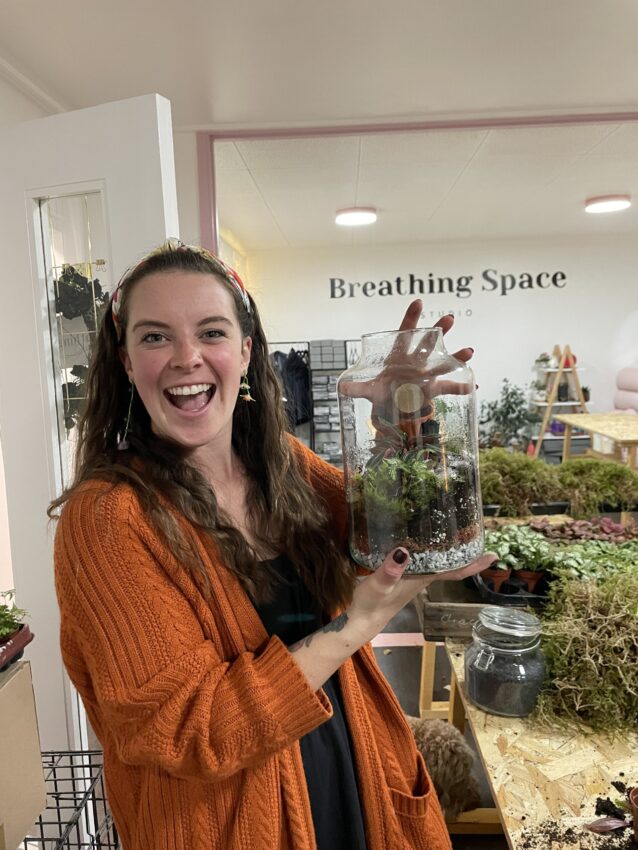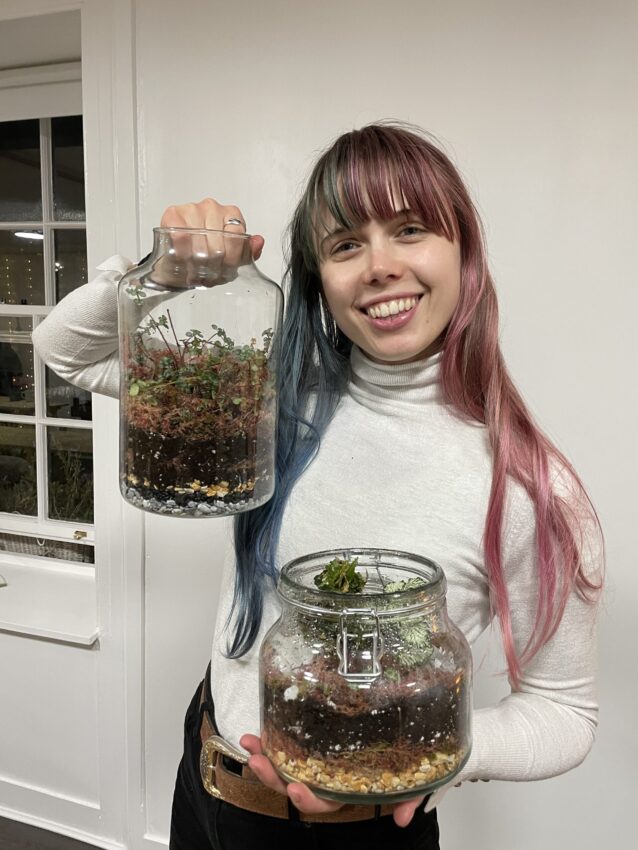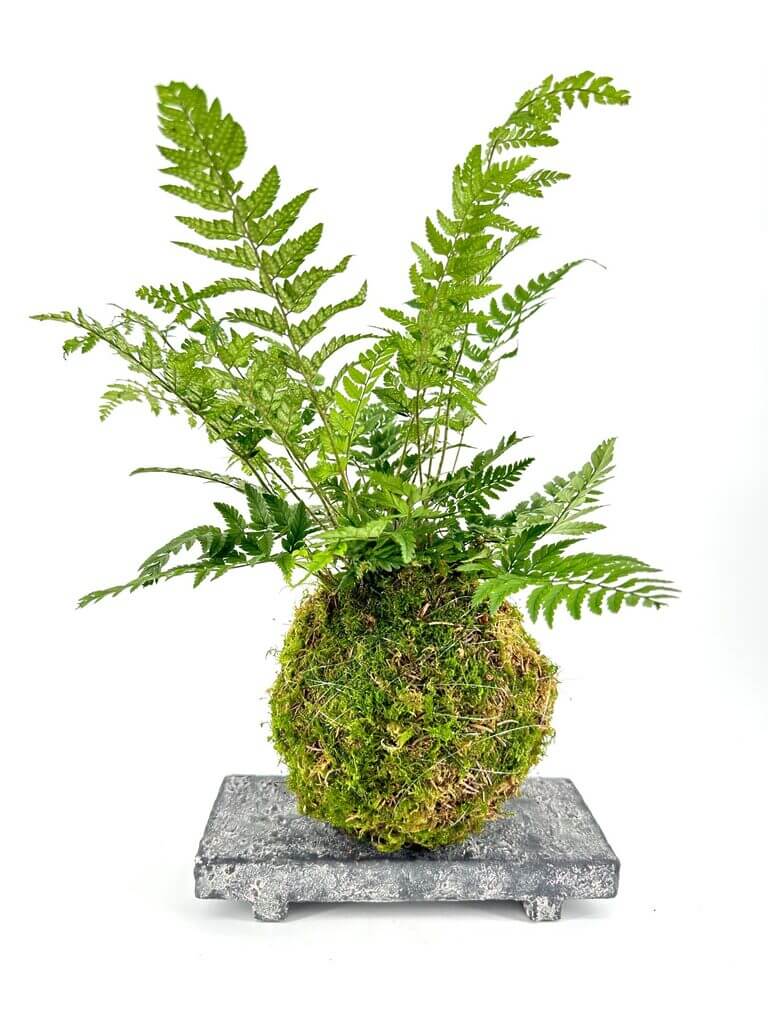What is a Terrarium?
The term ‘terrarium’ was first used in the late 1800’s. It orginated from the word ‘aquarium’ from Latin and Greek where ‘aqua’ (water) has been replaced by ‘terra’ (land) and ‘rium’ (receptacle).
One of the oldest terrariums still in existence hasn’t been opened in over 40 years!
A terrarium is a small ecosystem created in either an open or sealed container which mimics the natural environment and ideal conditions for humidity loving plants.
It is really easy to make a terrarium, follow our guide below step by step and you will have your own beautiful wee world created in no time.
You can either build your own terrarium from scratch or opt for the simpler route by choosing a pre-made terrarium kit.
Container
First, you need a container. We advise glass. You can choose whether to have an open or closed container. The steps are the same but with a closed container, you can add springtails.
Springtails are tiny little helper bugs that eat any mould that accumulates in the container. You can order them from online specialists (they don’t cost a lot) but we do not offer them for sale at this time.
Layers
Now we will look at each layer working from the bottom to the top. Each layer has a significant purpose in creating the perfect environment for your plants.
Drainage Layer
This is a key layer that is always needed when making anything above the smallest size of terrariums.
The role of this layer is to drain and store the excess water in the container as there are no drainage hotels. Any excess water will sit safely below the soil and plant roots. An added benefit of this is that the moisture in this layer will add to the humidity within your terrarium.
For this layer we generally use small gravel type stones but alternatively you can also use leca pebbles, some ideal examples can be seen below:
Add enough stones/pebbles to the base of your terrarium to give it a healthy covering around 1″/3cm deep.
Sphagnum Moss Layer
This is not an absolutely essential layer but as an alternative to the usual mesh grid often added on top of the rocks, we instead add a covering of our fresh sphagnum moss.
Using sphagnum instead of a mesh is a great organic alternative. The sphagnum moss works as a sponge and stores up the excess water draining through the plants, moss and soil above. When the soil dries out it will drink this water back up.
We have moss in either green or pink, adding an attractive vibrant layer in the lower part of your terrarium. You only need a handful of moss to create a layer on top of your bottom drainage layer of stones or leca.
Soil Layer
You can choose to make your own terrarium soil, or to make life much easier you can order our own terrarium soil mix. This contains (in addition to houseplant compost):
We use 600ml of soil for our terrariums. The main thing is to ensure you have a healthy covering that will hold water and give your plants plenty of room to root in and grow. Use your hands or terrarium tools to push it down into the landscape you choose.
If you spray the soil a little bit you will be able to mould it into a shape you like. A nice slope can add an extra dimension when presenting your plants, or some choose to highlight a plant by building a little central mound.
Top layer – Moss, Plants and Decorations
This is where you get to be really creative! We have a wide selection of fresh, handpicked Scottish mosses as well as terrarium plants and decorations. Feel free to add your own unique spin on things, we have seen little statues, lego figures, pebble stairways and all sorts of imaginative ideas in terrariums.
Have a think about what you want the final look to be before you begin. This will help inform whether for your design you should add moss first, then plants or the other way around. Consider how easy one or the other will be to place accordingly.
Moss
The ideal mosses to use at this point are bun, sheet or feather moss. You can experiment with sphagnum moss but it dries out the easiest so you should consider in your design that this should be in a part you can freely keep very moist.
-

 Fresh Live Sheet Carpet Moss – Seasonal VarietyFrom: £4.00
Fresh Live Sheet Carpet Moss – Seasonal VarietyFrom: £4.00 -


-

 Fresh Live Feather Moss – Green and VersatileFrom: £6.00
Fresh Live Feather Moss – Green and VersatileFrom: £6.00
When adding moss, it can be easier to cut or tear it into smaller pieces and place with long tweezers for accuracy. You should make sure the moss isnt dry when working with it. You can freely cut long strands down from the bottom to help settle the moss in.
You may choose to make a Mossarium, by simply adding some beautiful moss and perhaps some decorations for a stunning minimalist design.
Plants
There is a wide variety of plants you can choose from. Just don’t add plants that enjoy dry conditions like succulents & cacti.
Some terrarium-loving plants include Polka Dot plants, Begonias, Spike Moss, Nerve Plants, Pilea, Ferns and String of Turtles.
Use baby plants (unless you have an enormous container) and split them up carefully if you would like multiple plants.
Below you can see some of our current stock however, not every plant is ideal for a terrarium so if you are unsure, check the product listing or contact us to make sure you have something ideal for a terrarium.
Decorations
Go wild! You can really make your terrarium unique with decorations that are personal to you. If you like the natural look then wooden blocks, sticks, driftwood and stones all look brilliant. Some of our favourite terrariums also have glass ornaments like little mushrooms which really help set a scene.
Check out some examples below for inspiration of terrarium designs!
Finishing your terrarium
Check everything is nicely pressed in and comfortably held by the moss and soil. Then spray water along the sides of the glass. It is best not to water directly onto the plants as an infection can develop from the resting water.
Congratulations! You have made your terrarium!





